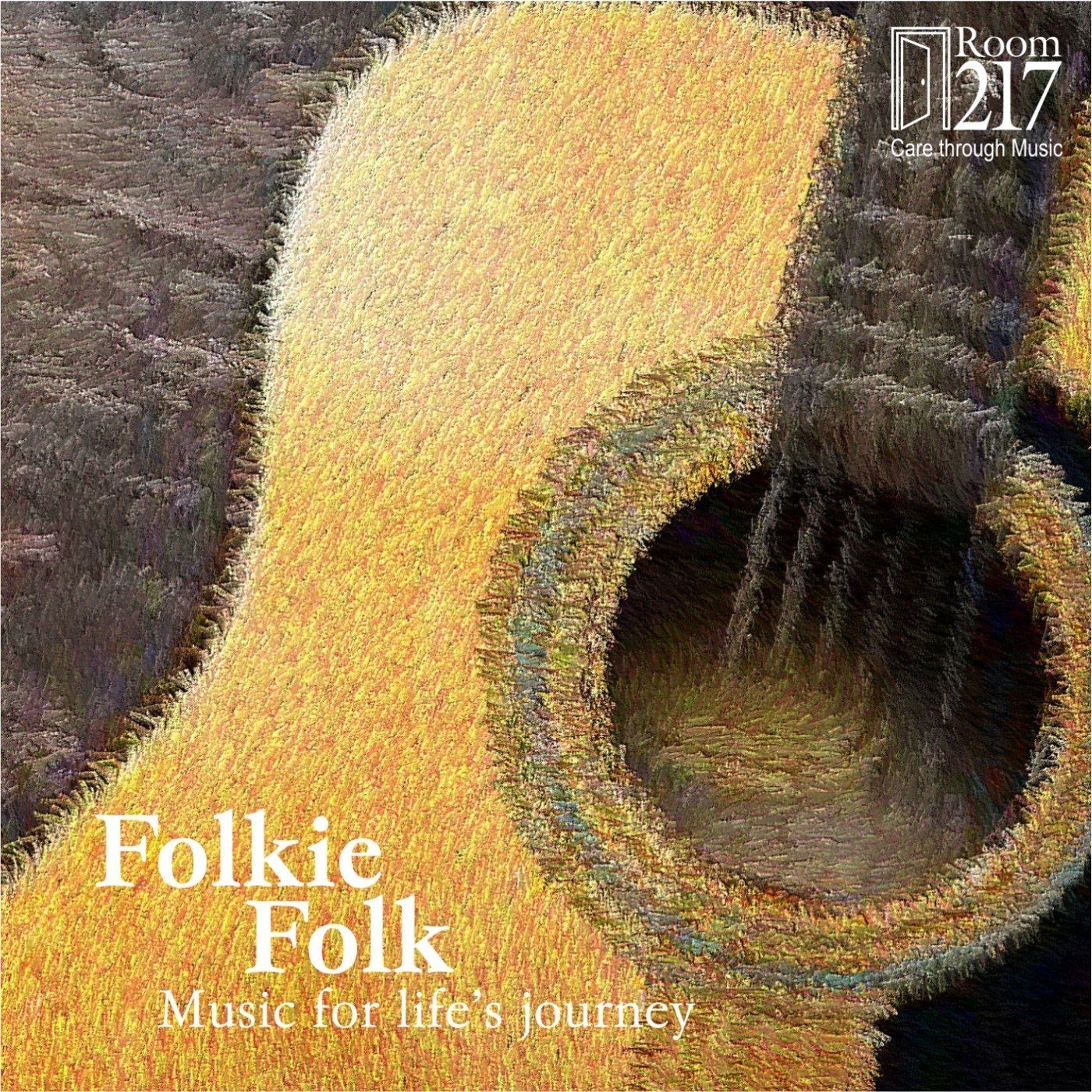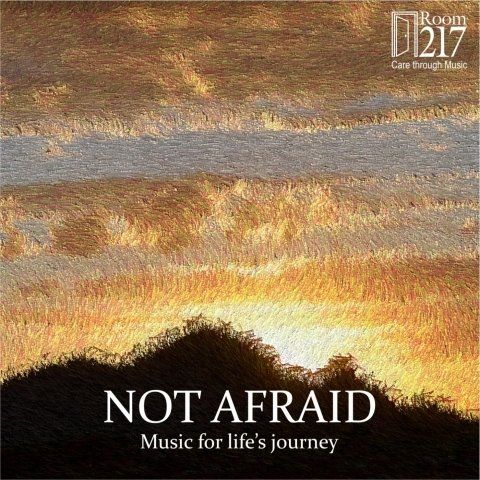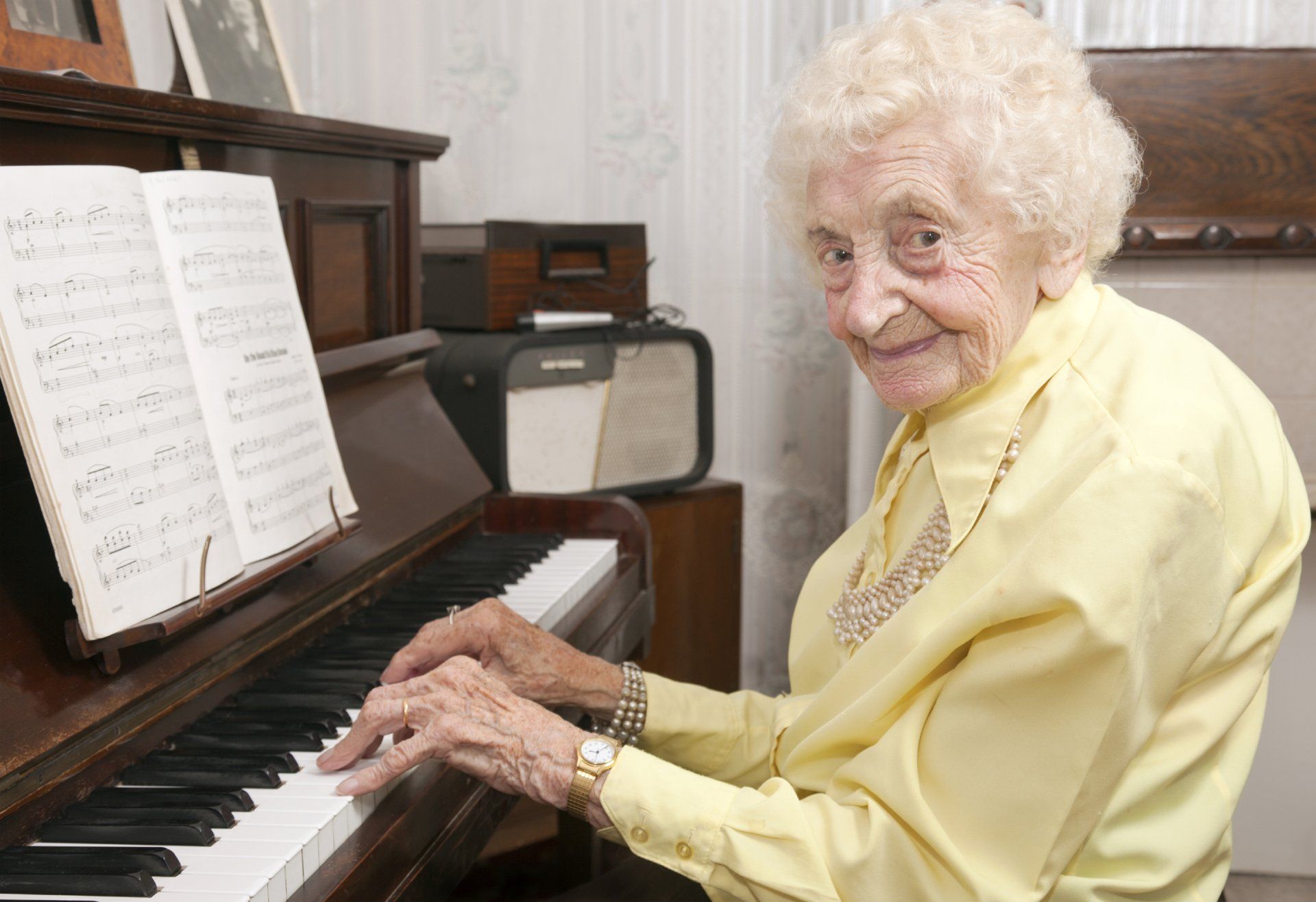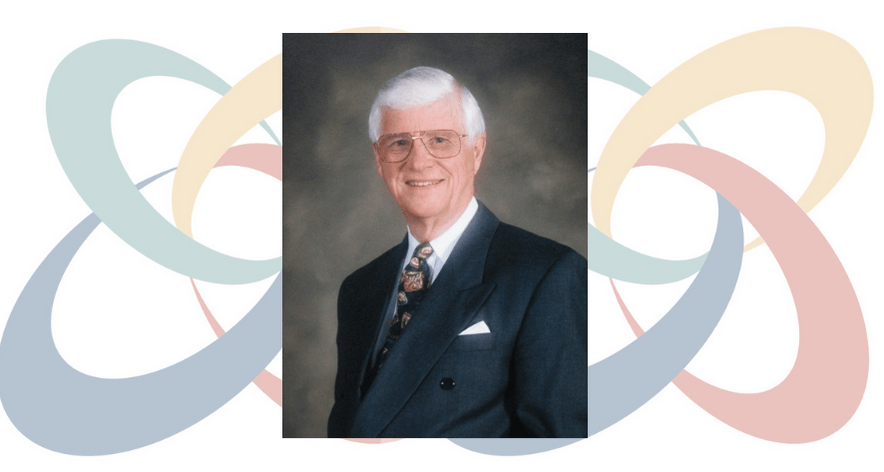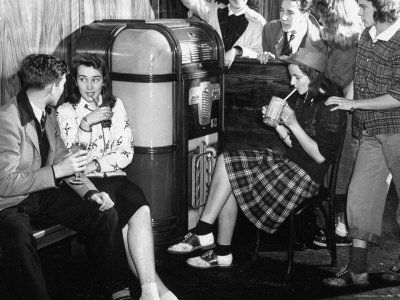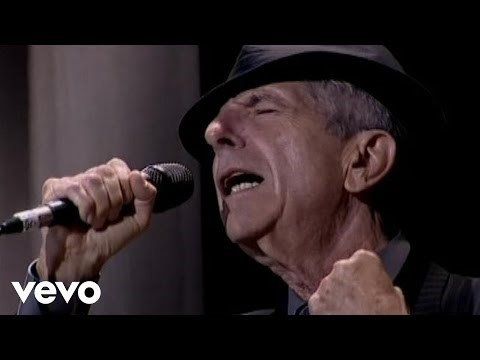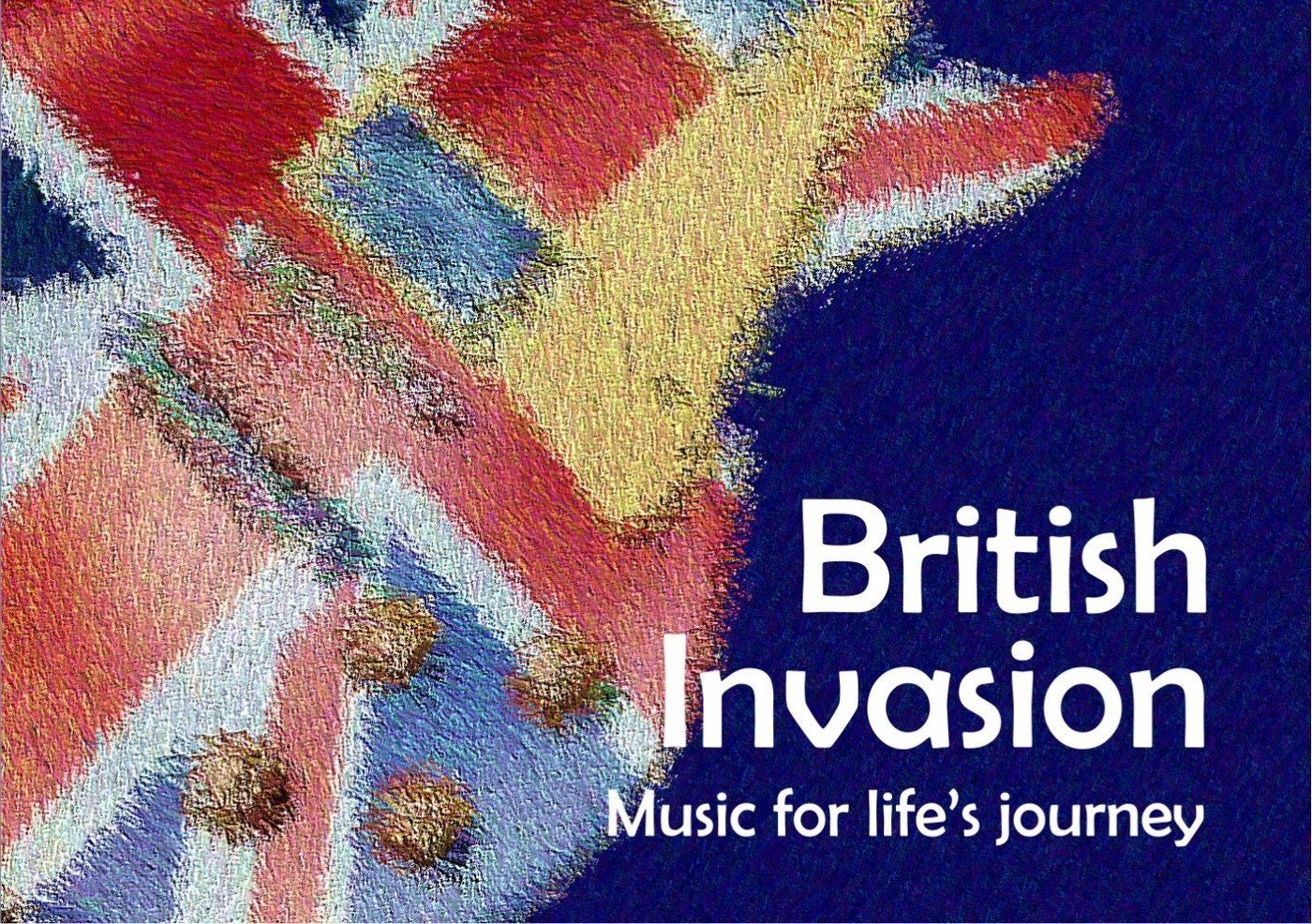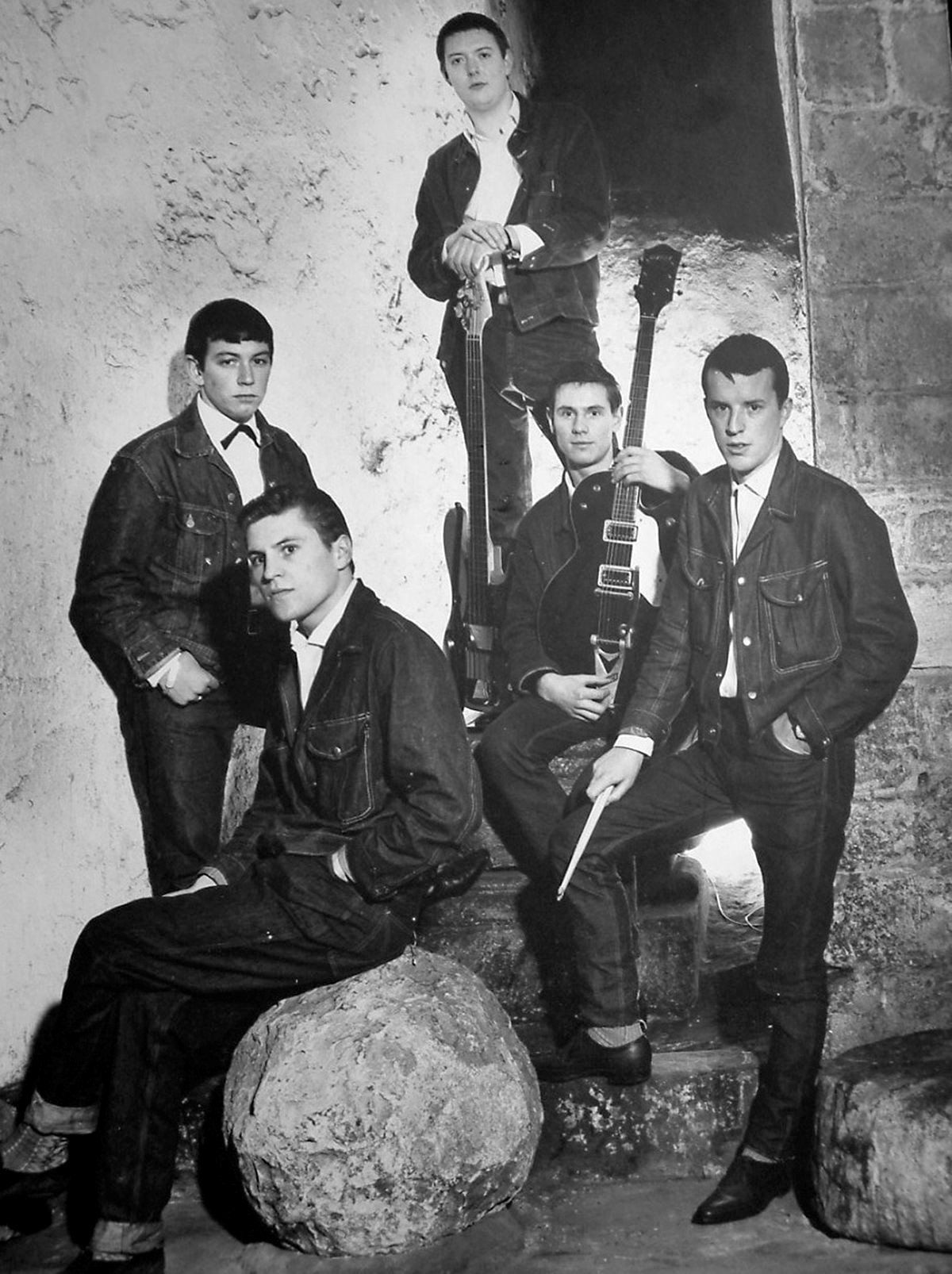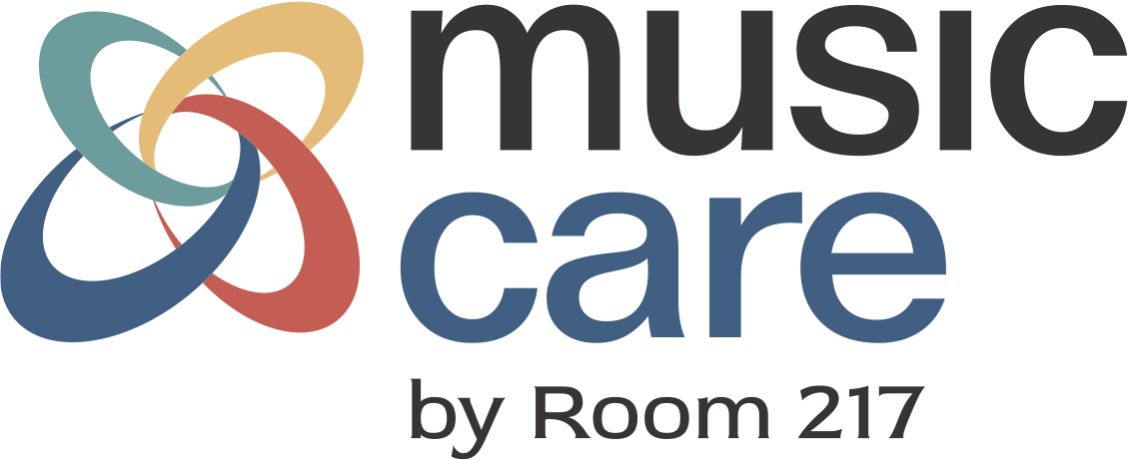Online music making: Strategies for music creativity through video conferencing
Over the last year, more musicians than ever have developed new skills and strategies for facilitating music online. Now that we all have a little more experience under our belts, what are some strategies for music creativity in the context of video conferencing? This article features strategies for facilitating creative music making online, drawing on tips and activities featured in the Participatory Creative Music Hub. All of the following strategies and activities can be used via video conferencing in private sessions or with members of the same household:
Listen
Our visual sense is very strong. When our visual sense is over-solicited, as it can be in video conferencing (hence the term ‘zoom fatigue’), it can override our awareness of other senses. As musicians, we work in the realm of sound - so, how about turning the video off for at least some of your sessions? Listening games help people feel grounded and give us insight into what kind of environment someone is living in, and what activities may be appropriate to suggest for the session. My favourite listening game whether in person or on video conferencing is the Sound Treasure Hunt (see Sound Bites for full description). Here are a few variations to be played with video turned off, or with eyes closed
- Listen for one-two minutes without speaking. Ask participants to name any sound they hear as they hear it (e.g. birds, traffic, zoom, a neighbour, Zoom etc.).
- Over a two-minute period, sit quietly and listen. Then, for a two-five minute period, ask participants to write or draw the sounds they heard. If they have trouble remembering what they heard previously (I do!), they can write or draw any sounds they are currently hearing. Share your observations with each other. Notice the similarities and differences in what you hear.
- Ask participants to make a sound using any object in their space. Describe what the sound makes you think of or feel. Guess what object they are using to make the sound and how they are making it. Reverse the game and make a sound for them.
These listening games are a great way to start a session, giving us a window into how someone is feeling, what their current surroundings are like, and lays the foundation for the next activities.
Improvise!
If improvising isn’t your wheelhouse, or that of the people you are working with, take it one step at a time.
- For an introduction to instrumental improvisation, see Catalyst Music. Kathryn Patricia provides principles to improvise by (such as ‘there is not such thing as a mistake’) and some beautiful soundscapes in C Major and G Major for you and your participants to improvise with.
- For an intro to vocal improvisation using spoken language, see Words & Rhythm. Geremia Lorenzo Lodi uses free-writing and text to create rhythms and textures.
For participants ready to dive deeper, Jodi Proznick’s project Language of Emotion in Music uses the concept of the ‘Mood Meter’ to name and understand emotions and express what we feel through music. Jodi suggest brainstorming “feeling words” around the 4 colours on the mood meter:
- Blue: low energy, unpleasant
- Green: low energy, pleasant
- Yellow: high energy, pleasant
- Red: high energy, unpleasant
Improvise examples of emotions in music (or play the video examples in Jodi’s project) and ask your participant what emotion they hear. In turn, participants then explore “improvising emotions” on their instruments.
Found objects
Don’t have instruments? Try using whatever is close to hand. Germaine Liu uses household objects such as tissue paper, kitchen containers and bowls and more to create Task-Based Games that are light-hearted and playful, and great for motivating movement and interaction.
- Take Flight , using tissue paper
- Path , using kitchen containers, string and mason jar lids
- Swirl , using salad bowls and marbles
Meredith Bates takes this idea a step further by building instruments out of household objects and forming a Found Object Orchestra made up of the members of one household. She then chooses one member of the household to be a conductor (in this video example, a very enthusiastic seven year old!) and create a world premiere of the Stay at Home Symphony.
Visual cues
The strength of video conferencing is it’s visual aspect. How can we use this to our advantage when working with music and sound? One way is through movement and dance to respond to and create music. In Naila Kuhlmann’s project Piece of Mind explores the lived experience of people with Parkinsons through music and science. One way participants create music in this project is by ‘conducting’ music as it is being improvised. For example, a person living with Parkinsons describes her sense of time over the course of a day with high energy shown by hands high in the camera frame and low energy by hands low in the camera frame. The improvised pieces from Session One and Session Two are remarkably different. Other correlations between conducting and music can be established, based on what the participant is feeling and interested in exploring.
Not so different than when making music in person, the best sessions online happen when we make strong connections with people. For more inspiration, or to submit your own strategies for making music to the Participatory Creative Music Hub , please contact me at mlouisecampbell(at)gmail.com.
By Louise Campbell,
Project lead for the Participatory Creative Music Hub


